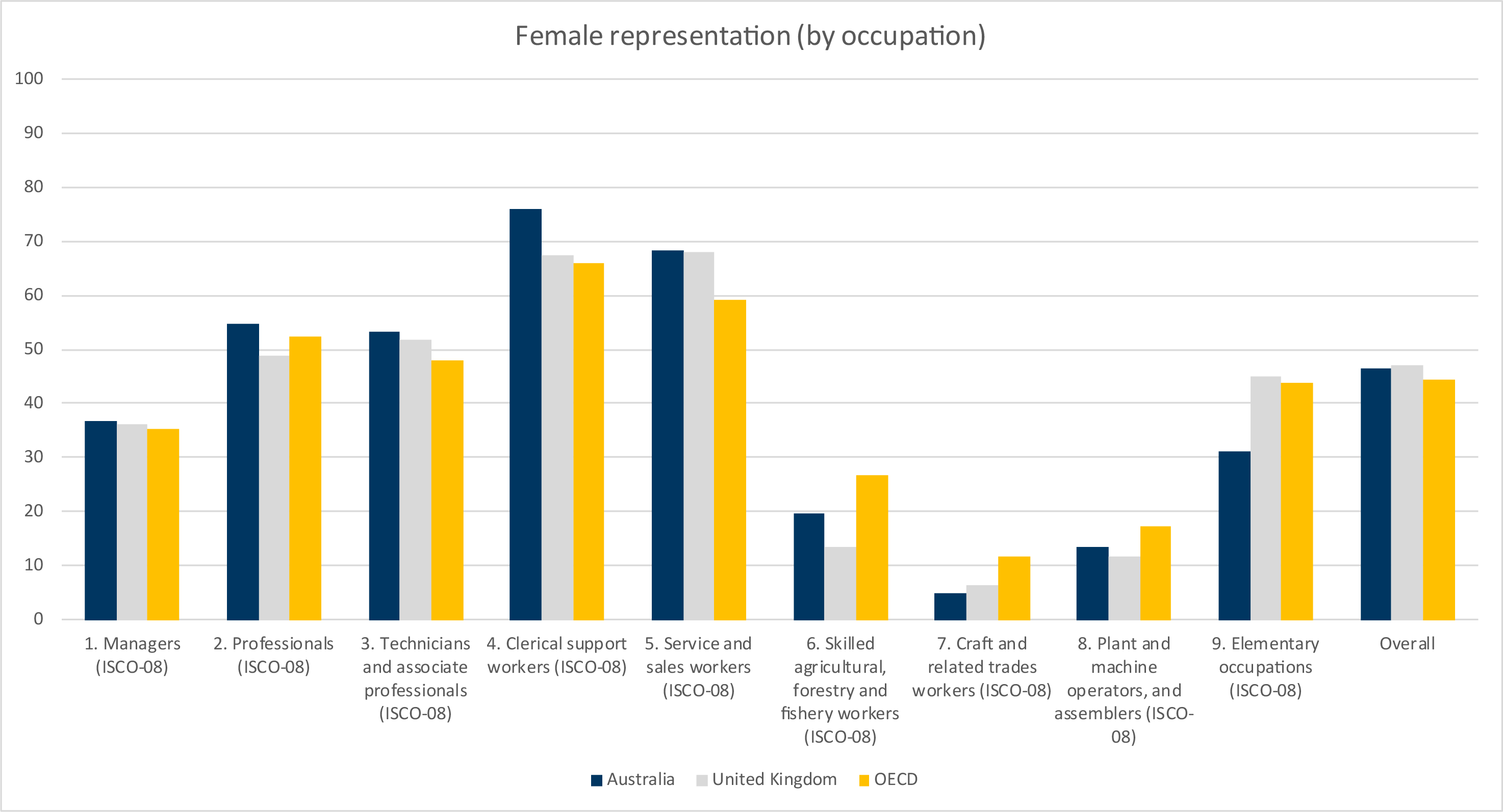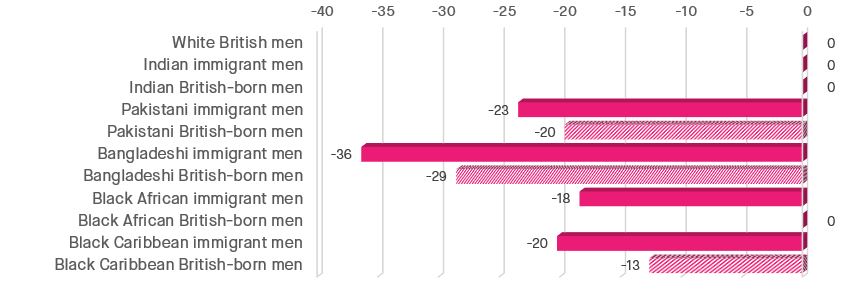Occupational segregation refers to the unequal distribution of certain groups of people across different occupations or industries. In the United Kingdom (UK), there has been a longstanding issue of occupational segregation, particularly along gender lines. Women have historically been concentrated in certain occupations, while men have been overrepresented in others. This segregation has had significant implications for women's career advancement and pay, as well as the overall gender balance in the labor market.
One key factor contributing to occupational segregation in the UK is the gender pay gap, which refers to the difference in median hourly earnings between men and women. In 2020, the gender pay gap in the UK was 16.9%, meaning that on average, women earned 83.1 pence for every pound earned by men. This pay gap is largely due to the concentration of women in lower-paying occupations, such as administrative and secretarial roles, and the overrepresentation of men in higher-paying occupations, such as engineering and management.
Occupational segregation also persists along racial and ethnic lines in the UK. Black, Asian, and minority ethnic (BAME) workers are often underrepresented in certain sectors, such as finance and technology, and overrepresented in others, such as retail and service industries. This segregation can lead to BAME workers facing barriers to career advancement and lower pay.
There have been efforts to address occupational segregation in the UK, including initiatives to promote diversity and inclusion in the workplace and efforts to provide education and training opportunities for underrepresented groups. However, significant challenges remain in combating segregation and promoting equal opportunities in the labor market.
One potential solution to addressing occupational segregation is to implement policies that aim to promote diversity and inclusion in the workplace. This can include targeted recruitment and training programs for underrepresented groups, as well as policies that aim to address the pay gap and ensure equal pay for equal work.
Another approach is to provide education and training opportunities for those in underrepresented groups, such as through apprenticeships and vocational training programs. These initiatives can help to build the skills and knowledge needed to enter certain industries and occupations, and can also help to increase the overall diversity of the workforce.
In conclusion, occupational segregation is a persistent issue in the UK, particularly along gender and racial lines. While efforts have been made to address this segregation and promote equal opportunities in the labor market, significant challenges remain. By implementing policies that promote diversity and inclusion, and providing education and training opportunities for underrepresented groups, the UK can work towards a more equitable and diverse labor market.






